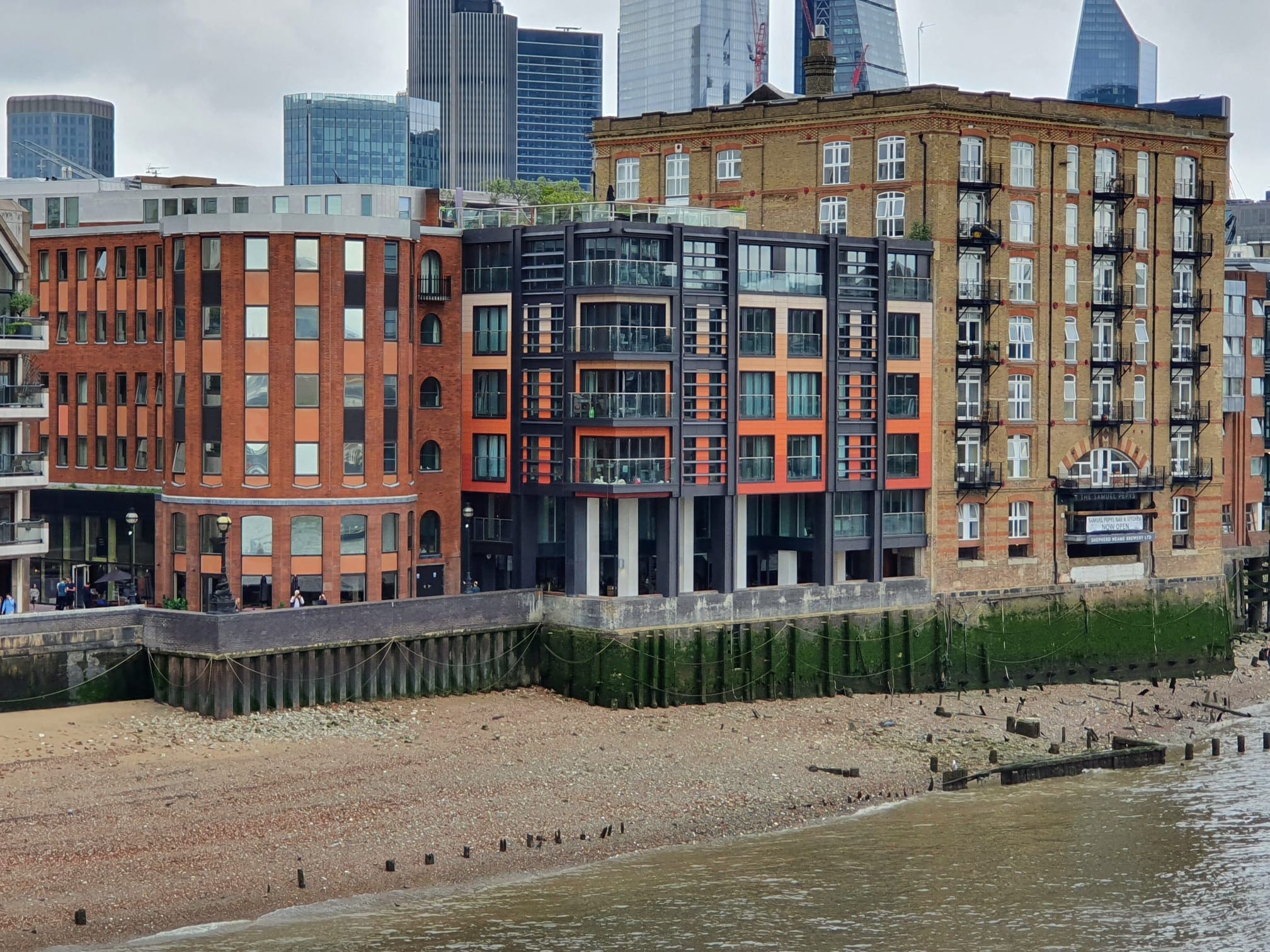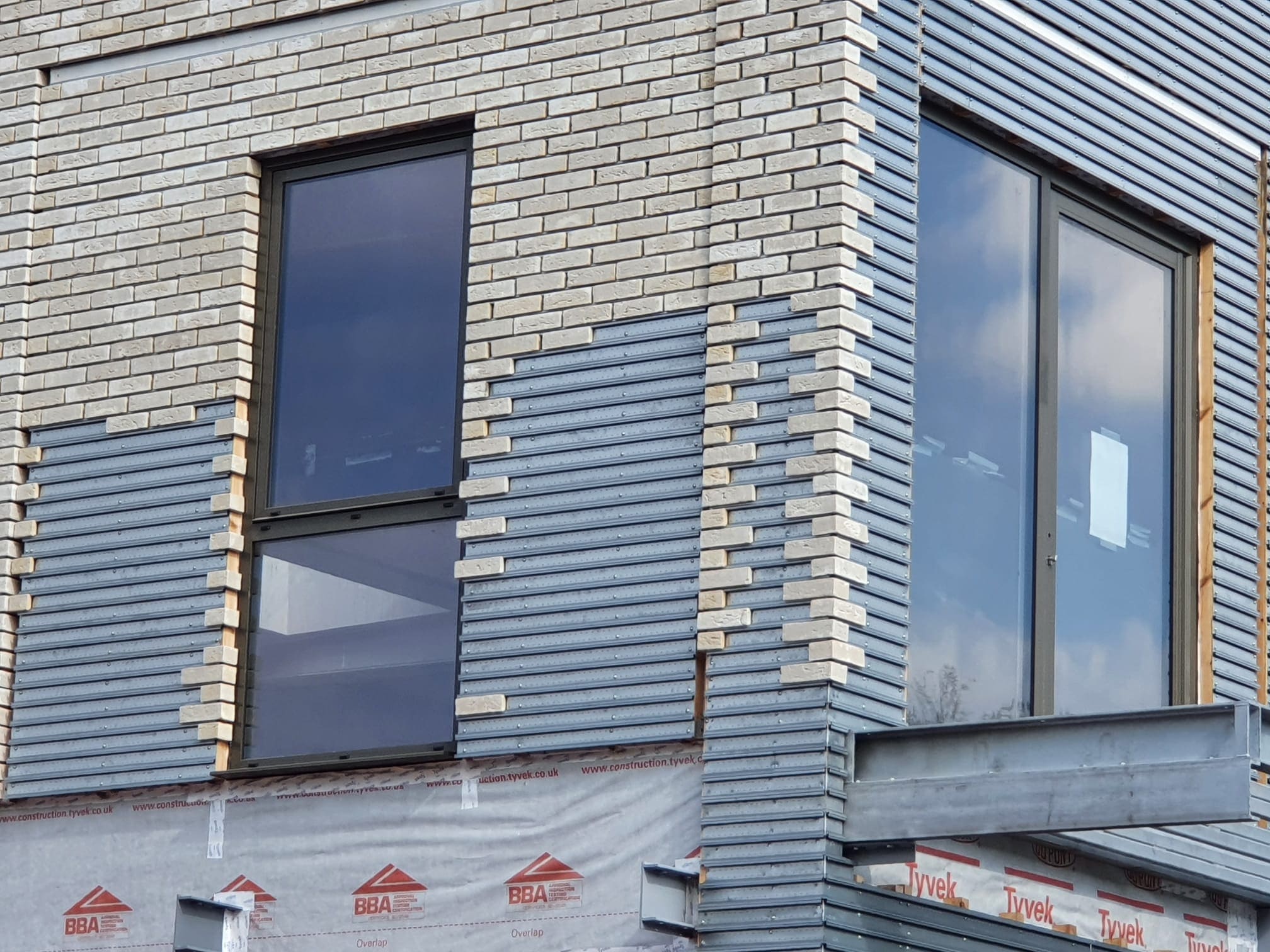 1074
1074
 0
0
Wrong Loft Insulation and EWS1 Can Create Sale/Rent Issues for Your Property
The Grenfell tragedy of 2017 has severely affected the UK property market value of blocks of flats in all types of buildings, no matter what the construction method/type/materials as EWS1 certificates are requested, often not available, and/or not reporting the desired EWS1 grade. In addition, many such properties (2,000+ buildings, countless homes) still have cladding issues and are exposed to fire risks.
Lenders must prove their property has been assessed under the External Wall System Fire Review, also known as EWS1 Form. Only those who have completed the process, and as of today achieved an A1, A2, or B1 grade can sell or remortgage homes. Even then with a B1 grade, additional questions are asked to find out if remediation is quantified, planned and money is in place. So if you read the market right it is an A1 or A2 grade that you need, and we can all expect to see the insurance market harden so sticking at A3, or improving from B2 to just B1 could well be a false economy with more works required in due course.
And, it seems pretty hard to convince most lenders that with the continual tinkering with policy guidance that your building does not need an EWS1 at all, or lenders simply seek a cover-all scenarios risk policy that leaves homeowners in blocks of flats having to pay out for EWS1 certificates that are not really required!As if all that was not enough, now landlords are facing a different problem. If their loft insulation is spray foam insulation, this too may lead to it being difficult to mortgage homes where spray foam is installed.
Why SPF As a Loft Insulation Can Spell Trouble?
There are a few areas of concern as spray foam insulation can trigger multiple problems.
- Spray foam, also known as SPF insulation, is a liquid that expands and solidifies. In a sealed roof space, SPF can restrict air circulation massively.
- When there is less airflow, condensation is likely to occur. And the water vapour and droplets of condensation can weaken roof supports and cause them to rot over a period of time.
- Spray foam insulation as a hard set material can strain the roof timbers. This can cause distortion and instability.
These factors are all potential causes of long-term impairments to the building’s structure. However, not all is lost if you are a landlord and are looking to remortgage a home with spray foam insulation.
How To Mitigate The SPF Insulation Problem?
Identifying the spray foam insulation you are dealing with is the first step.
- Open-cell type of insulation is softer, highly flexible, and easy to remove and replace.
- Closed-cell spray foam becomes rigid on setting, and hence removing it is tougher and more expensive.
As the spray application easily spreads into every available space, removal can be hassling, time-consuming, and risky.
Removal of SPF spray foam insulation isn’t a straightforward job because the spray application gets into every nook and cranny. Seeking professional advice or carrying out a survey is recommended before taking any decision.
How SPF insulation will affect mortgage ability, now and later on
Mortgage lenders rely on the surveyor report to identify the type of insulation and will rely on the valuation to decide the next course of action.
It must be noted that equity release providers do not lend for properties with spray foam insulation as a blanket rule. The Residential Property Surveyors Associated (RPSA) has created a group of all stakeholders to devise a practical solution to deal with the spray foam issues. Further neither the EWS1 form nor the removal of SPF insulation are as yet legal requirements for any transaction.
More about the EWS1 problem
As mentioned, EWS1 Form is another major area of concern for landlords. As far as EWS1 forms are concerned, the buyer, lender, or valuer may ask for the form from those selling or remortgaging a flat in a building (usually, but not exclusively when the building is over 18m or six storeys high). The EWS1 Form also does not indicate compliance with building regulations. The local authority or private sector building control can issue a final certificate under the Building Regulations 2010. This document formally certifies that the work of the building has been carried out and completed in accordance with the building regulations applicable, or does it……. The story continues because now leaseholders go back 30 years to require a developer to rectify fire safety defects the Courts will analyse just how ineffective the UK Building Control system has been. READ MORE about leaseholders rights at https://ringley.co.uk/blogs/building-safety-bill-becomes-building-safety-act-2022
What Is An EWS1 Form, And When Is It used?
The EWS1 Form (also referred to as the EWS1 certificate) is a report created by an authorized and qualified person that the external wall system of a residential building has been evaluated for its fire resistance capabilities. The EWS system consists of the outside wall, the cladding, insulation, fire barriers, and fire stops. It also covers attachments such as balconies.
The EWS1 has been through three editions. The latest edition was issued on 16 March 2022.
Validity of the EWS1 Form
The EWS1 form is valid for five years from the date it is issued. However, if any significant changes are carried out to the external wall or attachments, there must be a reassessment.
It provides the owner of a property the means to assure a buyer or a mortgage provider that the fire resistance of an external wall system of the building is in good shape.
The EWS1 form was originally used to permit flats in buildings above 18m to be evaluated for fire resistance. A Government recommendation in January 2020 brought all residential buildings of any height to have EWS1 forms.
EWS1 Form Preparation
The government allows various competent professionals such as qualified architects, surveyors, and engineers to sign the EWS1 form under Option A choice. It states there are no non-combustible substances existing in the external wall.
Option B must be chosen if combustible substances are there in the external wall. In such cases, only a person with a greater level of expertise in fire risk assessment can sign the EWS1 Form. The person must be an incorporated or chartered engineer with full membership of the IFE or Institution of Fire Engineers. A fully qualified member of a relevant professional body dealing with fire safety can also sign the form under Option B.
How Is The EWS1 Form Different From A Fire Risk Assessment?
An EWS1 form assesses the existence of combustible materials in the outside wall of a residential building. It is used only for sale or mortgage purposes. It does not act as a replacement for a fire risk assessment.
A fire risk assessment is a mandatory requirement for all occupied buildings. These include residences, workplaces, educational institutions, vehicles, vessels, and aircraft. This assessment is highly exhaustive and involves extensive documents with a broader purpose. The owner, landlord, or manager of the property must assess risks and identify the general fire precautions that must be taken. They must comply with the Regulatory Reform (Fire Safety) Order 2005.
Where To Get Clarity On EWS1 Forms?
Flat owners planning to remortgage or sell or buyers of a flat can get answers from their solicitors about whether they need an EWS1 form for the concerned building. They can request one from the landlord or managing agent if the form is required.
Landlords or managing agents must contact a professional body such as the Institution of Fire Engineers for EWS1 Forms. It is the servicechargesorted.co.uk/blogs/service-charge-disputes-what-cam-be-disputed-how-and-the-role-of-the-first-role-planetrent.co.uk/blog/could-a-tax-tribunal-ruling-mean-btl-investors-avoid-3-stamp-duty-surcharge'>tribunal'>service charge that will pay for the EWS1 form.
Does the EWS1 form indicate the safety of a building?
The EWS1 form offers a limited assessment, and only of the external wall system. It does not consider the building’s structural stability, ventilation, or the presence of hazardous materials such as asbestos. It also does not consider the compartmentation adequacy in a block of flats, (a compartment being the physical separation by way of walls, ceilings, floors and fire doors that separate each flat from each other and each from the common parts and in larger corridors that subdivide the common parts into smaller compartments). Whilst façade fire spread is covered by the EWS1 form, adequate compartmentation is also absolutely vital in saving lives, yet the media and political story seems not to have moved on to open up the discussion on compartemntation yet!
Rated A1 in an EWS1 Form
An A1 rating in an EWS1 form indicates that a qualified member of a relevant professional body within the construction industry confirms the following:
· The primary materials used to satisfy the standards of limited combustibility
· Cavity barriers are in the relevant locations and installed to an appropriate standard
· There are no attachments to the external wall indicating the presence of combustible materials.
Rated A2 In An EWS1 Form
An A2 rating in an EWS1 form, apart from the points indicated in Rated A1, also indicates
An appropriate risk assessment of the attachments to the external wall confirms that no remedial works are required.
Rated A3 In An EWS1 Form
Rated A3 in an EWS1 form indicates the potential costs of works to attachments to the external wall.
Rated B1 in an EWS1 form
A B1 rating indicates that a Chartered or Incorporated Engineer of the IFE (or person with equivalent status) has confirmed the presence of combustible materials in the external wall. However, it also indicates that the fire risk is adequately low, and no corrective steps are required.
Rated B2 in an EWS1 Form
A B2 rating in an EWS1 form confirms the presence of combustible materials in the external wall, and the authorized person/s has confirmed that the fire risk is sufficiently high. To mitigate this risk, remedial works are necessary.
Flat-rated B2 in the EWS1 form can sell or mortgage their flats based on the risk assessment of the buyer or renter.
Conclusion
Both the EWS1 Form and SPF insulation are critical challenges faced by leaseholders owning a flat in both purpose-built blocks of flats in the UK today as well as office to resi conversions that may have been dressed with façade cladding. The SPF insulation problem is more common to smaller blocks and period conversions. Any buyer should make sure their surveyor has inspected the roof space (many don’t) and is capable of identifying SPF insulation (many can’t), and is provided with specialist advice before buying an afflicted property in order to not end up with a costly problem or unmortgageable property later down the line.





Meet our Expert Property Commentators



























